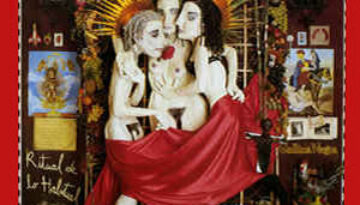Ritual de lo Habitual by Jane’s Addiction
Buy Ritual de lo Habitual Released in the summer of 1990, Ritual de lo Habitual was the third overall album and second studio release by Jane’s Addiction. This critically acclaimed album was at […]

Buy Ritual de lo Habitual Released in the summer of 1990, Ritual de lo Habitual was the third overall album and second studio release by Jane’s Addiction. This critically acclaimed album was at […]

Buy Ritchie Blackmore’s Rainbow Originating as a side project for Ritchie Blackmore while he was still the guitarist for Deep Purple, Ritchie Blackmore’s Rainbow turned out to be the debut studio album for […]